Hello everyone, it’s time to write a new blog post. For this time, I thought about writing about how we plan our activities for the children. Usually we have 1,5 to 2 hours in the early afternoon to plan the activities before going to the children in the late afternoon or evening.
Step 1: Time management. First we think about how much time we have with the children. This period ranges from 20 minutes to two hours. From this time depends how many activities and games need to be planned
Step 2: English level. Now we think about what level of English the children have and decide on a topic. If the children speak very little English, we try to cover a basic topic, for example, colors, numbers, hobbies, etc. If the children speak English a little better, we can think about more complex topics.
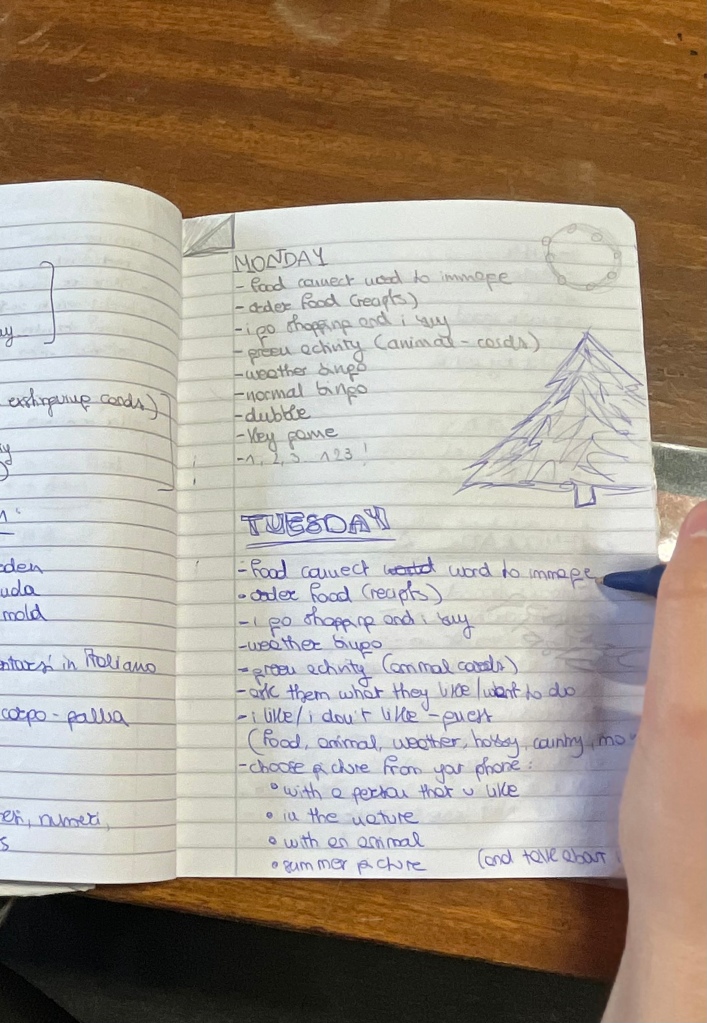
Step 3: Brainstorming. Now it’s really getting started. We start collecting ideas and make handwritten notes. In this part, our activities often get their interesting names when we translate the games that we know in our native language into English. Most of the time, we start with activities that require more English, and towards the end, when the children’s concentration and motivation decrease, we try to plan more games.
Step 4: Preparation of the material. After we have agreed on activities, we prepare the material we need. One of our favorite things is used here. The laminator! By laminating our material, we can reuse it with other children, and I have to say, the children seem more motivated when we give them something laminated than a simple sheet of paper, plus it sometimes gets wrinkled and destroyed and can’t be reused.
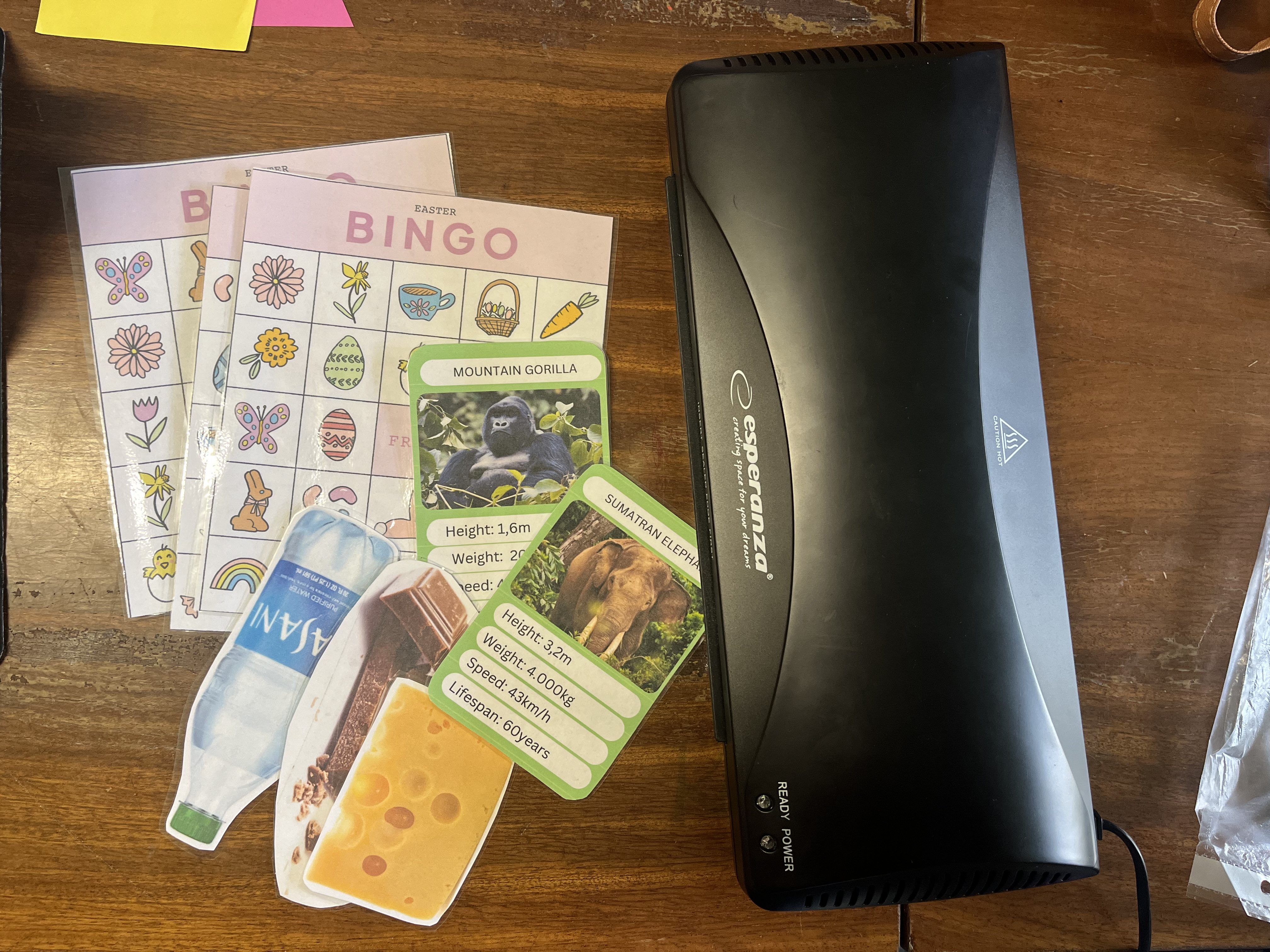
Step 5: Carrying out the activities. When you do a new activity for the first time, you usually notice very quickly whether the children like and understand the activity or not. Of course, we also try to find activities that the children like, but sometimes there are cases where the activity does not go as planned. Then it’s important to be spontaneous and either change the activity so it works, or go back to another activity where you know it works.
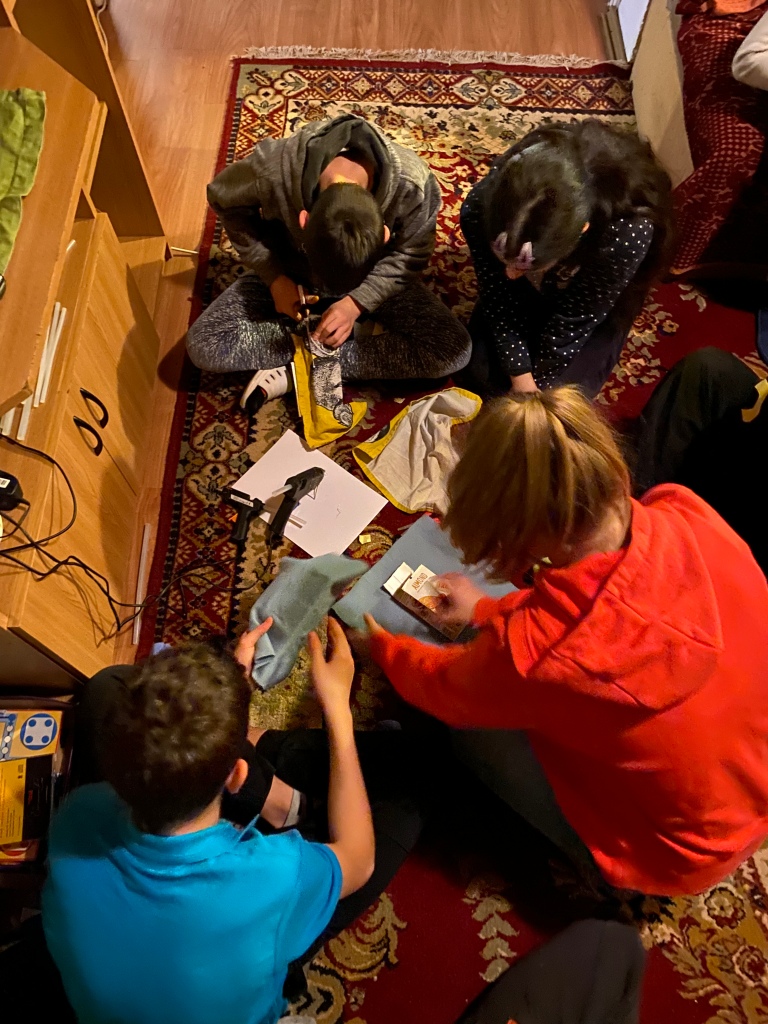

Step 6: Adjusting the activity. After doing the activity for the first time, we usually use the activity with other children. Sometimes it is necessary to adjust the activity a bit, as not all children have the same interests or speak English equally well. But this part is usually very fast, and after that, we can use the activity several times.
Step 7: Lesson plan. At the end of the week, we always create a lesson plan where we write down everything we have done during the week. There we list all the activities we have done and the material we needed; if there is a link to the activity, we add it too. This plan is very helpful if you want to remember the activities from the past and want to know what you have done so far.
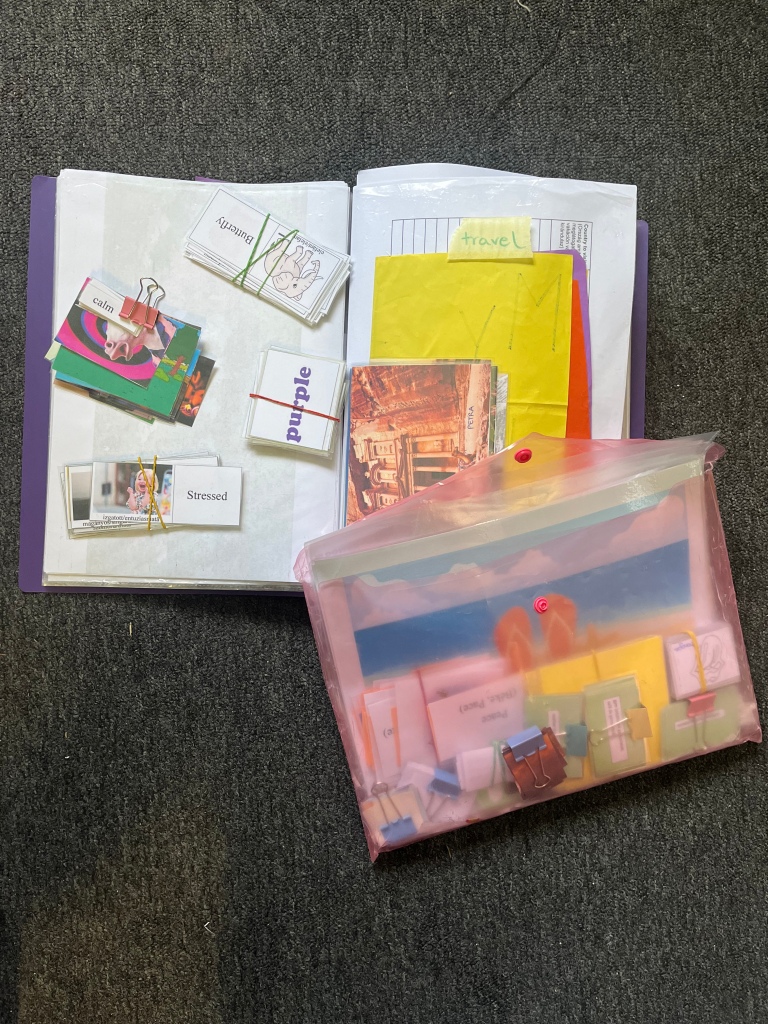
Step 8: Organizing the material. When we have done the activity with all the children we wanted to do it with, we keep our material in a folder to have it in case we want to use it again in the future.
Now that I have explained how we plan our activities, a few more tips. One thing that helped us was that we did small surveys with the children. We gave each child a note with different topics, and they were allowed to underline the topics they were interested in. This made it easier for us to plan activities over the next few weeks, because we knew what topics the children were interested in and what they wanted to learn. Another tip is to exchange ideas with other volunteers. A meeting we had with the after-school volunteers was very helpful. We explained to each other what activities we did with the children and which ones worked well. Of course, we work with different groups of children, but it was still a very helpful meeting. It is also not bad to repeat the topics from time to time, because this is important so that the children can memorize the new vocabulary.
As some of you may know, I have a focus on the environment in my project, and therefore we also plan green activities. All of the things I described before apply to these activities, but especially with the younger children, we often do upcycling activities, and here are a few things to keep in mind. With the upcycling activities we try to make new things out of old things (toilet paper rolls, egg cartons, etc.). When you are planning these things, it is important to try them first to make sure that the activity is not too difficult, that you have enough material for all kids, and that the time is sufficient.
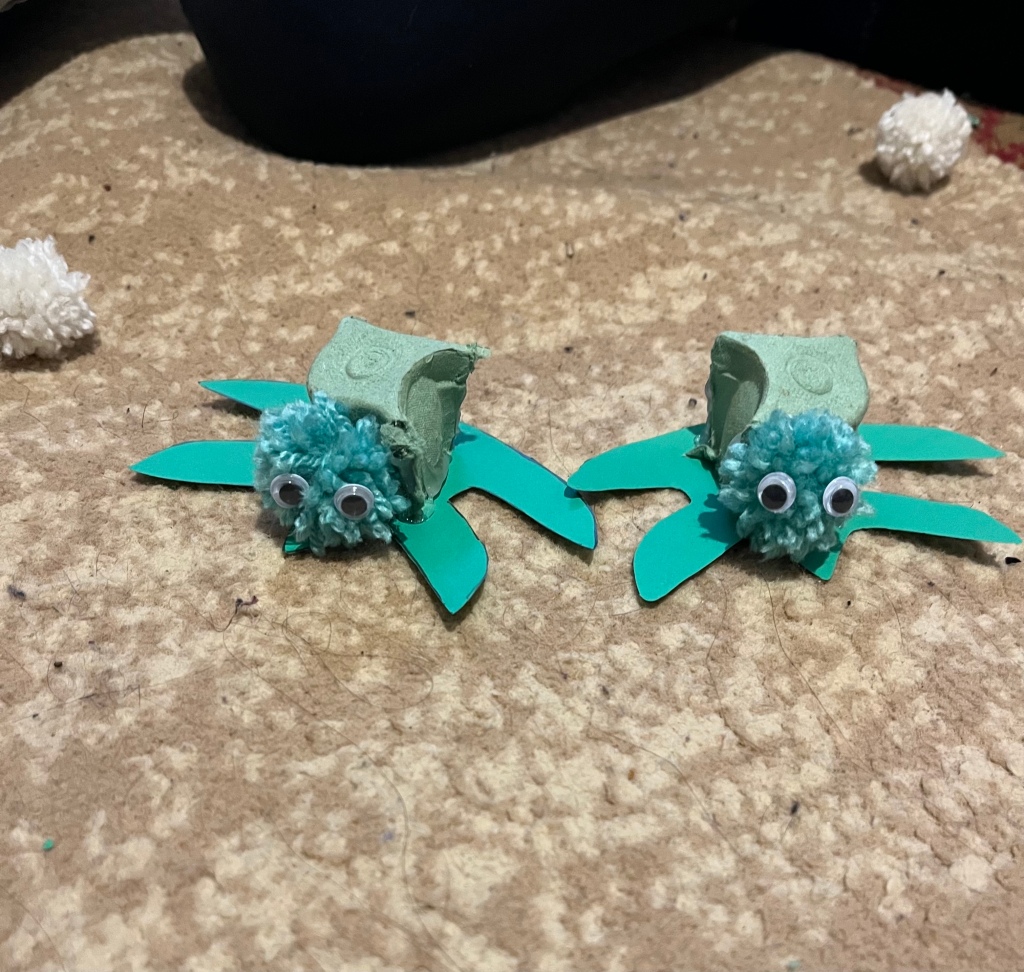
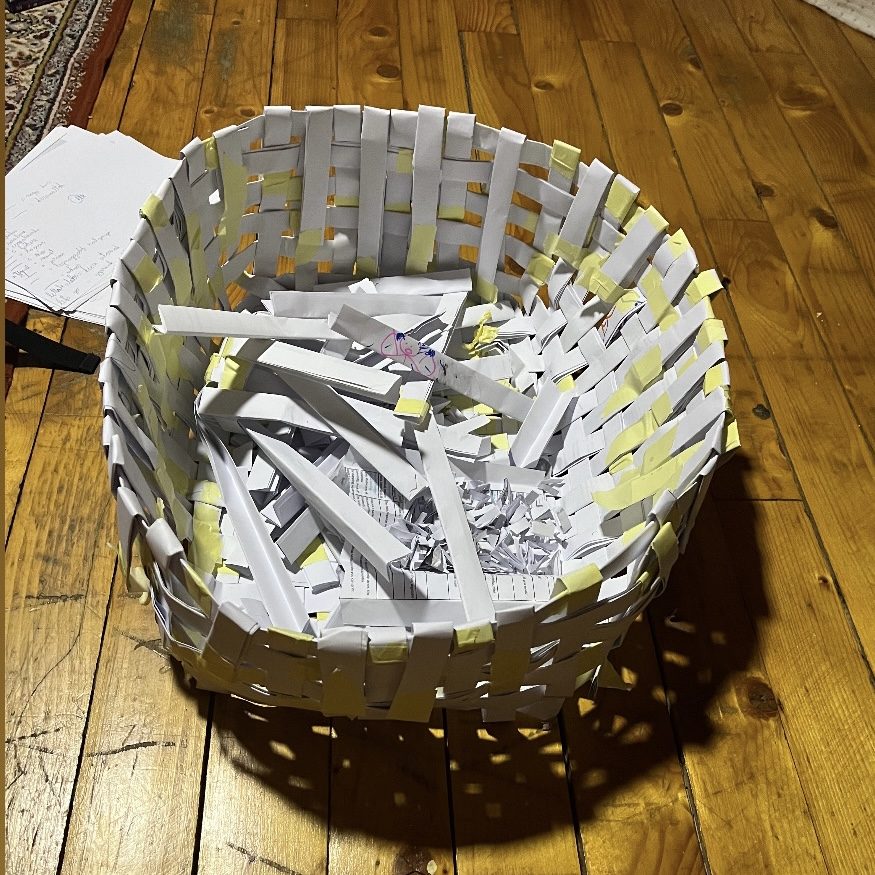
In summary, however, I can say that with time, it becomes easier and easier to plan the activities for the children. You work better together as a team, and you get to know the children better and you are able to guess which things they might like and which they might not like better. And even if an activity doesn’t go the way you imagined it, you can learn from it, adjust the activity, and make it better next time.
– Paula